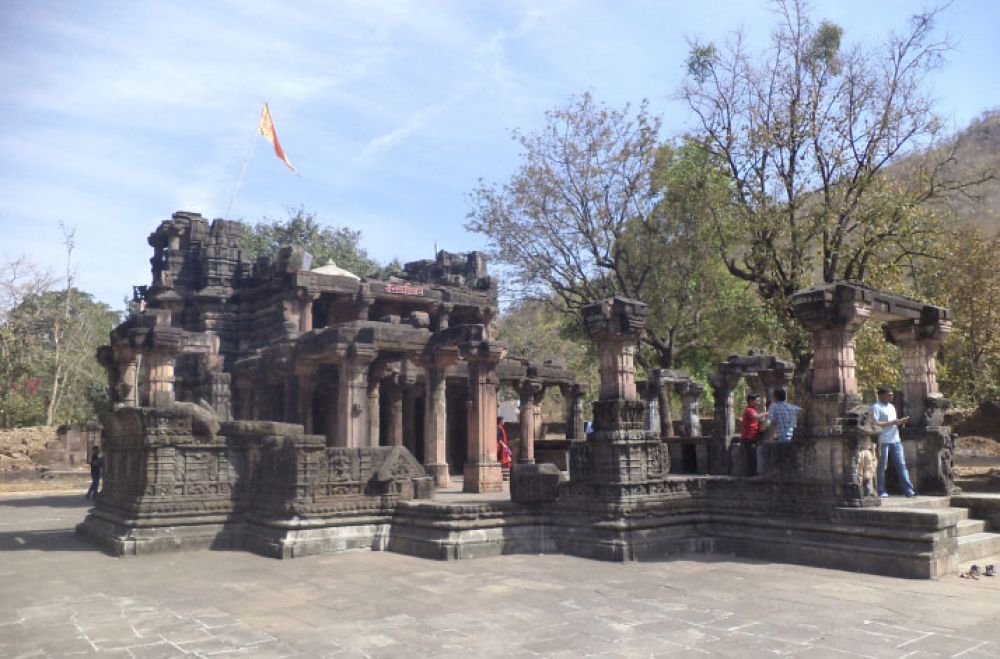

Nestled in the dense forests of Vijaynagar, Gujarat, the Ancient Shiva Temple is a splendid reminiscence of the region's glorious past. The temple, believed to be constructed between the 10th to the 15th centuries, stands as a witness to the Solanki era. The Solanki dynasty is known for their patronage of art and culture, which is evident in the intricate carvings and architectural design of the temple.
The temple was rediscovered in the early 20th century and has since become a beacon for archaeologists, historians, and tourists alike. The Ancient Shiva Temple and other relics in Polo Forest are part of a protected archaeological park and play a significant role in showcasing the historical and cultural heritage of India.
The Ancient Shiva Temple, although known to locals, gained substantial attention as a tourist destination in the late 20th and early 21st centuries. Efforts to conserve and promote the temple were initiated by the Archaeological Survey of India (ASI) along with the Gujarat Tourism Development Corporation, helping to slowly place Polo Forest on the tourism map.
The historical significance of the temple, combined with the natural beauty of the Polo Forest, has made it an attractive destination for those interested in heritage, spirituality, and nature. Over the years, tourism to this site has seen a steady influx, with facilities and infrastructure improving to accommodate the growing number of visitors.
In recent years, the state government and local tourism boards have been active in promoting the Polo Utsav, a cultural festival aimed at drawing visitors to the region and highlighting its natural and historical treasures. The festival includes adventure sports, cultural programs, and guided tours, representing a holistic tourism model.
Furthermore, eco-tourism has emerged as a major trend in the area, with a focus on sustainable travel practices that minimize impact on the environment and support local communities. The establishment of eco-campsites and nature walks has also encouraged environmentally-conscious travel behaviors amongst tourists.
The digitalization of tourism through online bookings, virtual tours, and social media promotion has increased the reach and accessibility of the Ancient Shiva Temple to a global audience. The footprint of the temple in digital media has expanded, resulting in a more diverse demographic of visitors.
Today, tourists visiting the Ancient Shiva Temple in Polo Forest not only come here for the allure of the ruins but also to connect with the tranquility of the forest and the essence of spirituality that the temple represents. It serves as a serene escape for those looking to explore the past and find peace away from the hustle and bustle of urban life.
As the site continues to grow in popularity, there is an ongoing effort to balance tourism growth with preservation, ensuring that the Ancient Shiva Temple and its surrounding environment remain unspoiled for generations to come.